Home>Furniture & Design>Interior Design Trends>How To Bevel Glass
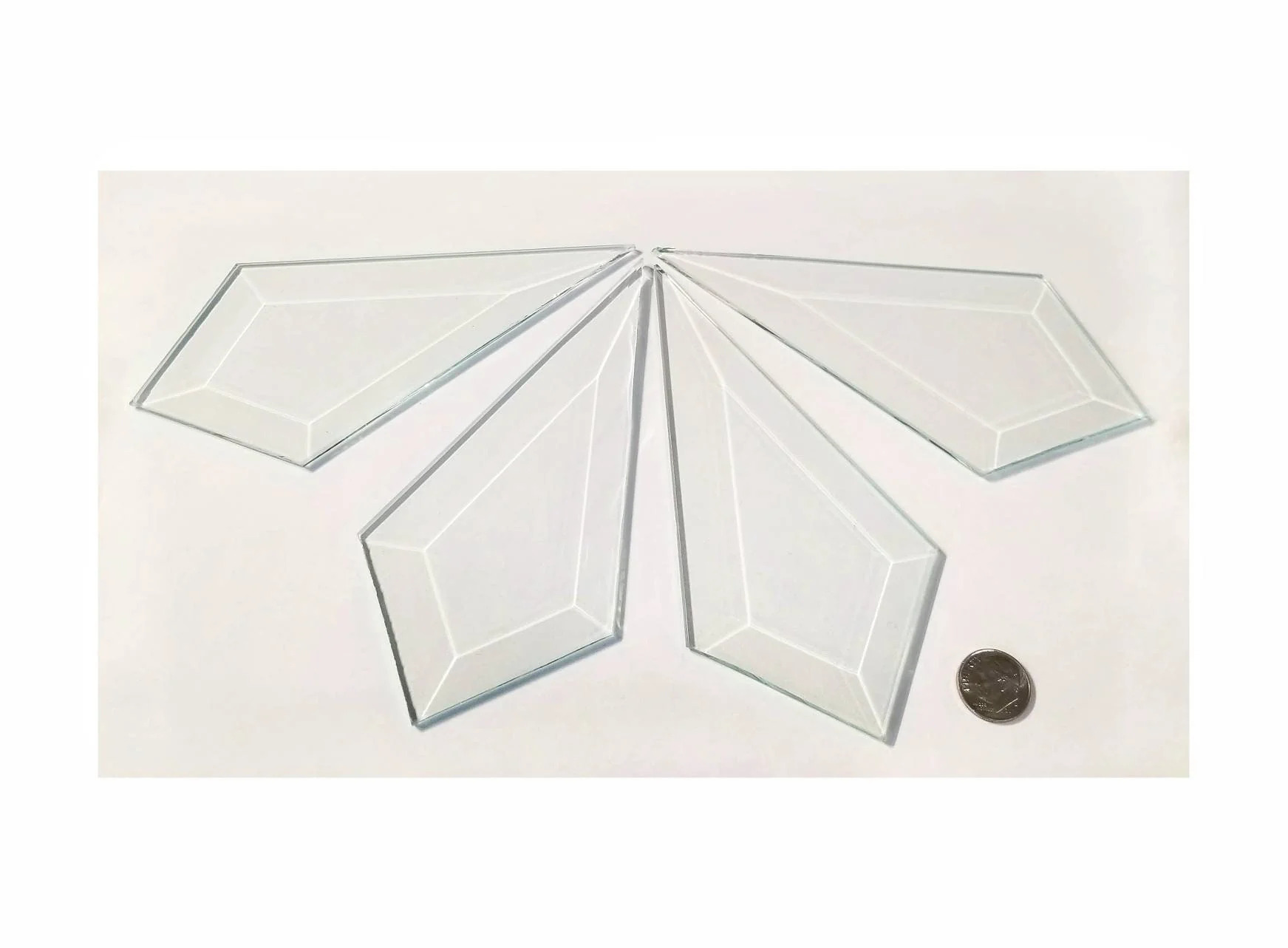

Interior Design Trends
How To Bevel Glass
Modified: March 22, 2024
Learn the latest interior design trends with our guide on how to bevel glass, adding a touch of elegance to your space. Explore innovative techniques and ideas for a modern, stylish look.
(Many of the links in this article redirect to a specific reviewed product. Your purchase of these products through affiliate links helps to generate commission for Storables.com, at no extra cost. Learn more)
Introduction
Beveling glass is an art form that adds a touch of elegance and sophistication to any space. Whether you are a seasoned artisan or a DIY enthusiast, mastering the technique of beveling glass can elevate your interior design projects to new heights. The process of beveling involves creating a clean, angled edge on the glass, resulting in a stunning visual effect that catches and reflects light in a mesmerizing manner.
Beveled glass has been a timeless element in interior design, gracing the windows of historic buildings and adorning the finest furniture pieces. Its ability to refract light and create a sense of depth and dimension makes it a coveted choice for adding a touch of luxury to homes and commercial spaces alike.
In this comprehensive guide, we will delve into the intricacies of beveling glass, exploring the tools and materials required, the step-by-step process of achieving impeccable beveled edges, and invaluable tips for ensuring a successful outcome. Whether you are looking to enhance the aesthetics of a room with custom beveled mirrors or create bespoke glass tabletops, this guide will equip you with the knowledge and skills needed to embark on your beveling journey with confidence.
As we embark on this exploration of beveling glass, prepare to unlock the secrets of this timeless craft and unleash your creativity. With the right techniques and a dash of inspiration, you can transform ordinary glass into a masterpiece that exudes sophistication and allure. Let's embark on this enlightening journey into the art of beveling glass and discover the transformative power it holds for your interior design endeavors.
Key Takeaways:
- Beveling glass is a meticulous art form that adds elegance and light reflection to interior spaces. With the right tools and patience, anyone can master the technique and create stunning beveled glass elements.
- To bevel glass, precise measurements, gradual refinement, and attention to detail are crucial. The process demands skill, but the result is captivating glass pieces that exude sophistication and allure.
Read more: What Is Beveled Glass
Understanding Beveling
Beveling glass is a meticulous process that involves creating a sloping edge on the periphery of a piece of glass. This technique imparts a distinctive aesthetic appeal to the glass, characterized by its ability to refract and reflect light in a captivating manner. The beveled edge is typically cut at an angle, ranging from 7 to 45 degrees, resulting in a sleek and polished finish that adds a touch of sophistication to the glass.
The beveling process is achieved through the use of specialized tools and equipment, including grinding wheels, beveling machines, and abrasive belts. These tools are meticulously employed to carve and shape the glass, ensuring that the edges are precisely angled and flawlessly polished. The precision and attention to detail required in beveling glass make it a revered art form, often practiced by skilled artisans and craftsmen who possess a deep understanding of glasswork.
Beveled glass is renowned for its ability to refract light, creating captivating visual effects that enhance the ambiance of any space. When light interacts with the beveled edges, it is dispersed and reflected in a mesmerizing manner, adding depth and dimension to the glass. This unique interplay of light and glass lends an air of elegance and luxury to interior design elements, making beveled glass a sought-after choice for embellishing windows, doors, mirrors, and furniture.
The versatility of beveled glass extends beyond its aesthetic appeal, as it also serves functional purposes. Beveled edges can reduce the risk of chipping and damage to the glass, making it a durable and practical choice for various applications. Additionally, the beveling process can be customized to achieve different edge profiles, allowing for creative expression and tailored designs that complement diverse interior styles.
Understanding the intricacies of beveling glass empowers artisans and enthusiasts to harness the transformative potential of this technique in their interior design endeavors. By mastering the art of beveling, individuals can elevate the visual impact of glass elements within their spaces, infusing them with a timeless allure and a touch of opulence. As we delve deeper into the world of beveling glass, we will unravel the essential tools, techniques, and tips that pave the way for successful beveling endeavors.
Tools and Materials Needed
Beveling glass requires a precise and methodical approach, necessitating the use of specialized tools and materials to achieve impeccable results. Whether you are embarking on a DIY beveling project or seeking to expand your glasswork repertoire, having the right equipment at your disposal is essential for a successful endeavor. Here are the essential tools and materials needed to embark on your beveling journey:
1. Glass Cutter:
A high-quality glass cutter is a fundamental tool for initiating the beveling process. It enables precise scoring and cutting of the glass, laying the foundation for the beveled edge to be shaped and polished.
2. Grinding Wheel:
A grinding wheel with a fine grit is indispensable for shaping the beveled edge of the glass. It allows for controlled material removal, ensuring that the angle and finish of the bevel are meticulously crafted.
Read more: What Is Bevel Siding
3. Beveling Machine:
A beveling machine, equipped with diamond-coated grinding wheels, is a specialized apparatus designed for creating and refining beveled edges. This precision tool enables artisans to achieve consistent and uniform bevels with unparalleled accuracy.
4. Safety Gear:
Safety goggles, gloves, and a dust mask are essential for protecting against potential hazards during the beveling process. Ensuring personal safety is paramount when working with glass and abrasive tools.
5. Abrasive Belts:
Abrasive belts of varying grits are utilized for refining and polishing the beveled edge, imparting a smooth and lustrous finish to the glass. These belts are instrumental in achieving the desired level of refinement and clarity in the bevel.
6. Lubricant:
Using a suitable lubricant, such as a coolant or grinding oil, is crucial for maintaining the temperature and lubricity of the glass during the grinding and polishing stages. This helps prevent overheating and ensures optimal results.
Read more: How To Use Bevel Protractor
7. Measuring Tools:
Precision measuring instruments, such as a protractor and ruler, are indispensable for accurately determining the angle and dimensions of the beveled edge. These tools aid in achieving the desired bevel profile with exacting precision.
8. Work Surface:
A stable and level work surface, such as a workbench or glass-cutting table, provides a secure platform for conducting the beveling process. It is essential for ensuring stability and precision during glass manipulation.
9. Glass Sheets:
High-quality glass sheets, preferably with a uniform thickness, serve as the raw material for beveling. Selecting glass of the desired dimensions and clarity is crucial for achieving the intended aesthetic and functional outcomes.
Equipped with these essential tools and materials, artisans and enthusiasts can embark on their beveling endeavors with confidence, knowing that they have the necessary resources to execute the process with precision and finesse. As we proceed to the next section, we will delve into the step-by-step process of beveling glass, unraveling the intricacies of shaping and refining the edges to achieve stunning beveled masterpieces.
Steps to Bevel Glass
-
Prepare the Work Area: Begin by setting up a clean and organized work area, ensuring that the work surface is stable and free from any obstructions. Place the necessary tools and materials within easy reach, and don the appropriate safety gear, including safety goggles, gloves, and a dust mask.
-
Measure and Mark the Glass: Using a protractor and ruler, carefully measure and mark the dimensions of the beveled edge on the glass sheet. Determine the desired angle for the bevel, ensuring precision and accuracy in the marking process.
-
Score the Glass: With a high-quality glass cutter, score along the marked lines to create the initial outline of the beveled edge. Apply consistent pressure while scoring to achieve a clean and uniform incision, ensuring that the glass is scored to the intended depth.
-
Shape the Bevel: Utilize a grinding wheel with a fine grit to carefully shape the beveled edge, following the scored outline. Exercise caution and control during this stage, gradually refining the angle and contour of the bevel to achieve the desired profile.
-
Refine the Edge: Switch to abrasive belts of varying grits to further refine and polish the beveled edge, gradually progressing to finer grits for a smooth and lustrous finish. Maintain a steady and even motion while polishing to ensure uniformity and clarity in the bevel.
-
Inspect and Adjust: Thoroughly inspect the beveled edge for any irregularities or imperfections, making any necessary adjustments to ensure a flawless finish. Pay close attention to the angle, smoothness, and clarity of the bevel, striving for impeccable craftsmanship.
-
Clean and Finalize: Clean the beveled glass thoroughly to remove any debris or residue from the beveling process, ensuring that the glass surface is pristine and free from blemishes. Take a moment to admire the stunning transformation of the glass, appreciating the elegance of the beveled edge.
-
Admire the Craftsmanship: Step back and admire the craftsmanship of the beveled glass, reveling in the allure of the meticulously shaped and polished edge. Appreciate the interplay of light and glass, as the beveled edge refracts and reflects light in a captivating display of artistry.
By following these meticulous steps, artisans and enthusiasts can master the art of beveling glass, infusing their interior design projects with a touch of sophistication and timeless elegance. The process of beveling glass demands patience, precision, and a keen eye for detail, culminating in the creation of exquisite glass elements that exude refinement and allure. As you embark on your beveling journey, embrace the artistry and transformative power of shaping glass into captivating works of art.
Read also: 11 Amazing Bevel Protractor for 2024
Tips for Successful Beveling
Achieving impeccable beveled edges requires a combination of skill, precision, and attention to detail. As artisans and enthusiasts embark on their beveling endeavors, incorporating the following tips can elevate the quality and finesse of the beveling process, ensuring a successful outcome:
-
Precision in Measurement: Accurate measurements and markings are fundamental to the beveling process. Utilize high-quality measuring tools to determine the dimensions and angles of the beveled edge with meticulous precision. A slight deviation in measurements can significantly impact the final outcome, emphasizing the importance of exactitude in this initial stage.
-
Consistent Pressure and Motion: Whether scoring the glass or shaping the beveled edge, maintaining consistent pressure and motion is crucial. Even and controlled movements contribute to uniformity and smoothness in the bevel, preventing irregularities and ensuring a polished finish that exudes craftsmanship.
-
Gradual Refinement: When shaping and polishing the beveled edge, adopt a gradual approach to refinement. Begin with coarser grits and progressively transition to finer abrasives, allowing for meticulous shaping and polishing that culminates in a flawless and lustrous bevel.
-
Attention to Detail: Thoroughly inspect the beveled edge at each stage of the process, scrutinizing the angle, clarity, and smoothness of the bevel. Address any imperfections promptly, making precise adjustments to maintain the integrity and visual appeal of the beveled glass.
-
Optimal Lubrication: Utilize an appropriate lubricant, such as a coolant or grinding oil, to ensure optimal lubrication during the grinding and polishing stages. Adequate lubrication minimizes heat buildup, reduces friction, and enhances the overall quality of the beveled edge.
-
Patience and Perseverance: Beveling glass is a meticulous art form that demands patience and perseverance. Embrace the process with a steadfast commitment to precision and excellence, allowing ample time for each stage of the beveling process to unfold with care and finesse.
-
Quality Materials and Tools: Invest in high-quality glass sheets and precision tools to facilitate the beveling process. Superior materials and equipment contribute to the refinement and elegance of the final beveled edge, underscoring the significance of utilizing the best resources available.
-
Admire and Appreciate: Take a moment to admire the craftsmanship and artistry of the beveled glass upon completion. Appreciate the transformative power of beveling, as the glass reflects light in a mesmerizing display of elegance and allure.
By integrating these tips into their beveling endeavors, artisans and enthusiasts can elevate the quality and finesse of their beveled glass creations, infusing them with a timeless allure and a touch of opulence. The art of beveling glass is a testament to the fusion of skill, precision, and creativity, culminating in the creation of captivating glass elements that enrich interior spaces with sophistication and visual intrigue.
Conclusion
In conclusion, the art of beveling glass stands as a testament to the fusion of skill, precision, and creativity, offering artisans and enthusiasts a transformative avenue for elevating the aesthetics of interior spaces. The meticulous process of shaping and refining glass into beveled masterpieces not only imparts a touch of opulence and sophistication but also showcases the captivating interplay of light and glass, creating visual intrigue and depth within the environment.
As we have journeyed through the intricacies of beveling glass, we have unraveled the essential tools, materials, and techniques that form the foundation of successful beveling endeavors. From the precision of measurement to the gradual refinement of the beveled edge, each step in the beveling process demands patience, attention to detail, and a steadfast commitment to excellence. By embracing these principles, artisans and enthusiasts can harness the transformative potential of beveling glass, infusing their interior design projects with a timeless allure and a touch of luxury.
The allure of beveled glass extends beyond its aesthetic appeal, encompassing functional benefits such as durability, light dispersion, and customizable design options. Whether adorning windows, mirrors, doors, or furniture, beveled glass serves as a versatile and captivating element that enriches interior spaces with its radiant charm and refined elegance.
As we partake in the artistry of beveling glass, it is essential to recognize the craftsmanship and artisanship that underpin this timeless practice. Each beveled edge represents a labor of dedication and precision, culminating in the creation of glass elements that exude sophistication and allure. By integrating the tips and techniques shared in this guide, artisans and enthusiasts can embark on their beveling journeys with confidence, knowing that they possess the knowledge and skills to shape glass into captivating works of art.
In essence, the art of beveling glass transcends mere craftsmanship, offering a gateway to infuse interior spaces with a touch of timeless elegance and visual intrigue. As we conclude this exploration of beveling glass, let us carry forth the wisdom and inspiration garnered from this guide, embracing the transformative power of shaping glass into captivating beveled masterpieces that enrich and enchant the spaces they adorn.
Frequently Asked Questions about How To Bevel Glass
Was this page helpful?
At Storables.com, we guarantee accurate and reliable information. Our content, validated by Expert Board Contributors, is crafted following stringent Editorial Policies. We're committed to providing you with well-researched, expert-backed insights for all your informational needs.
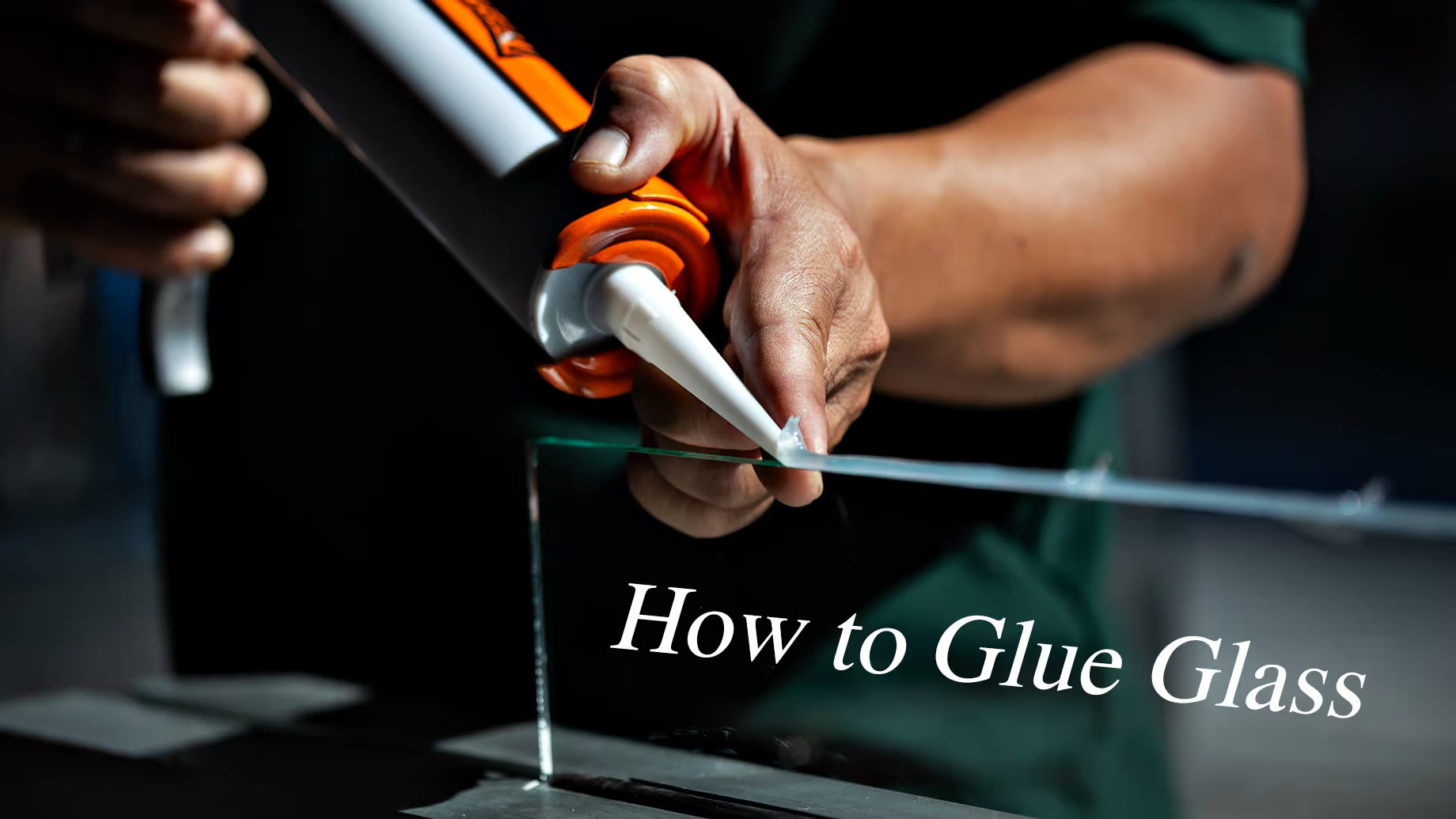


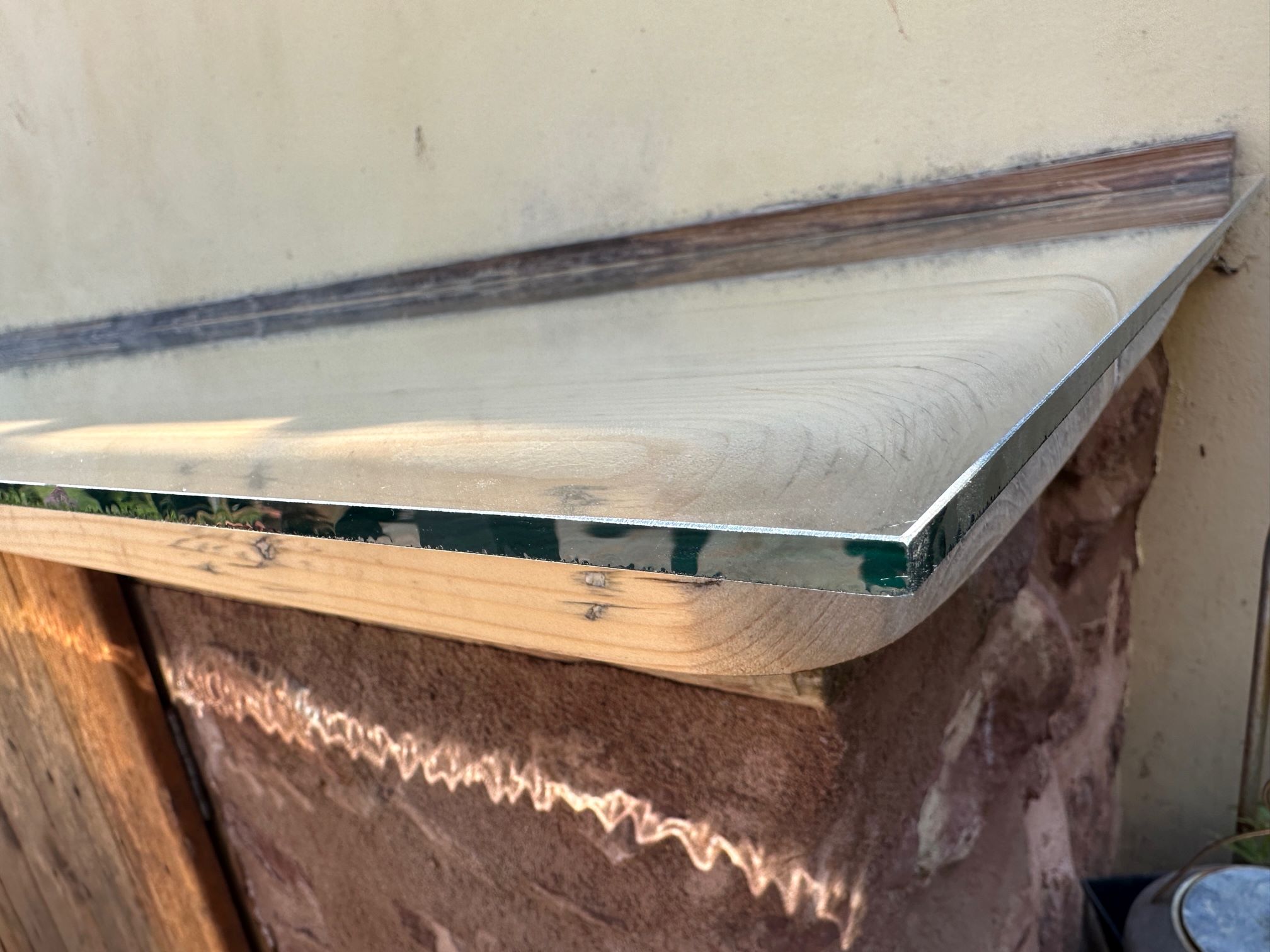
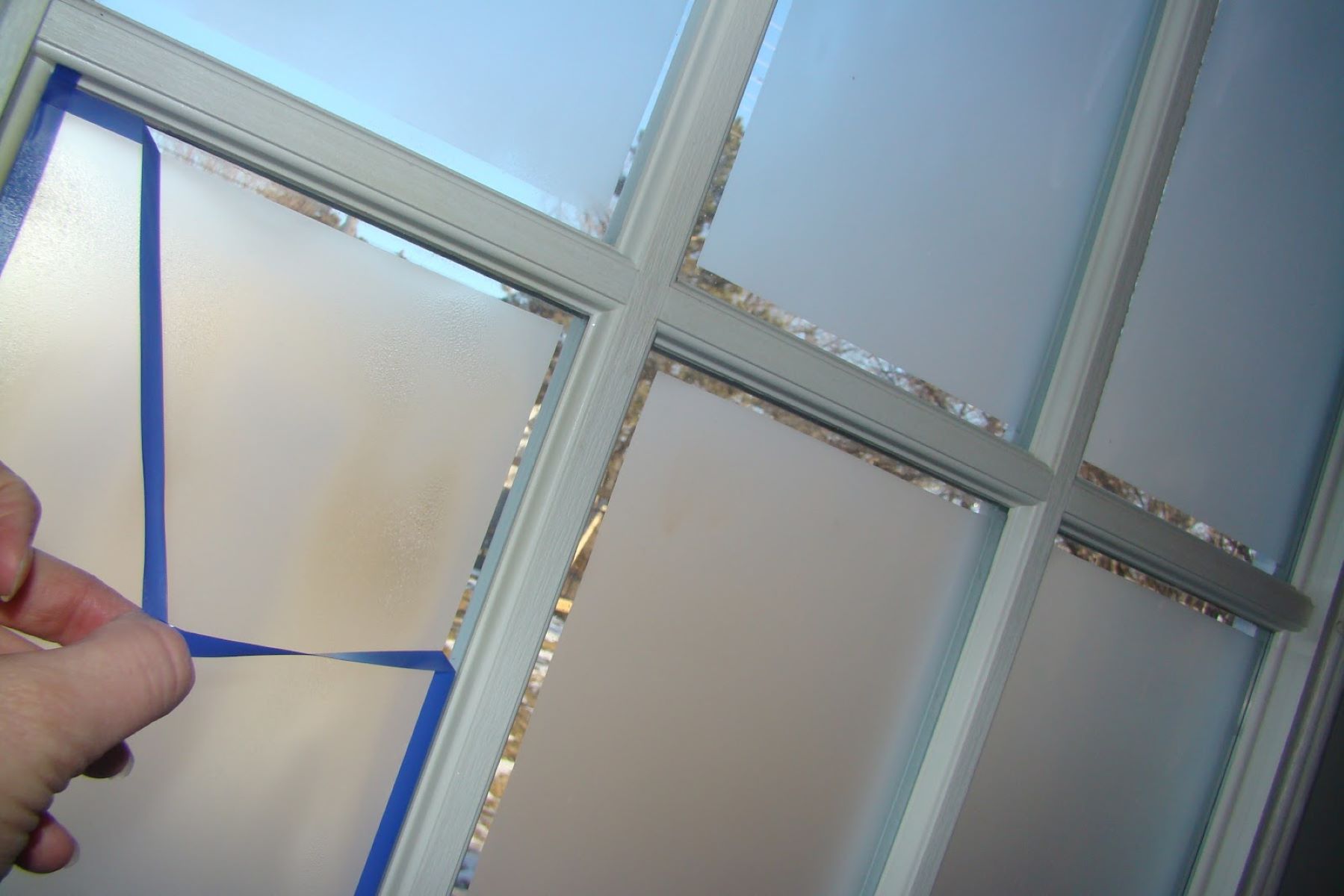
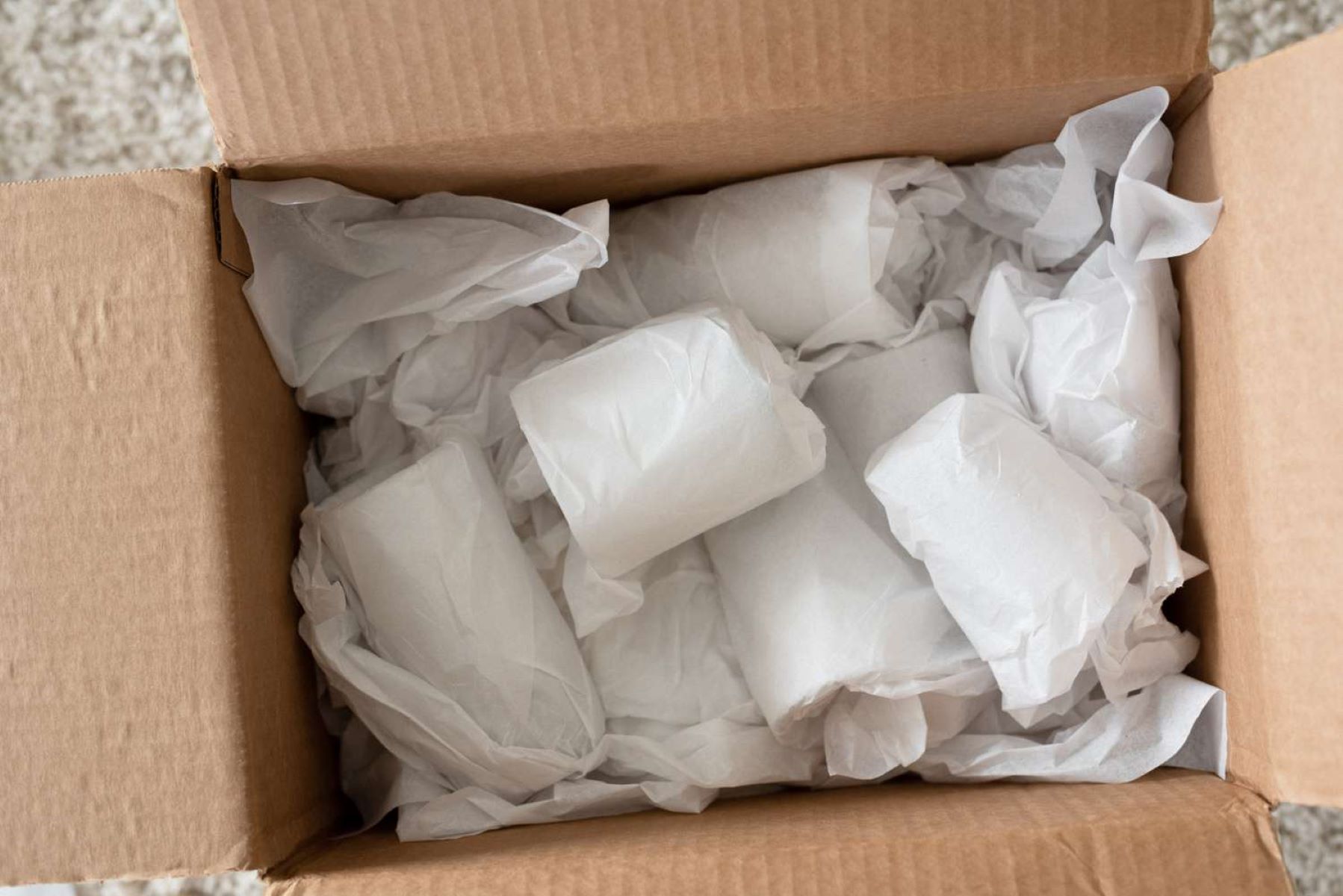
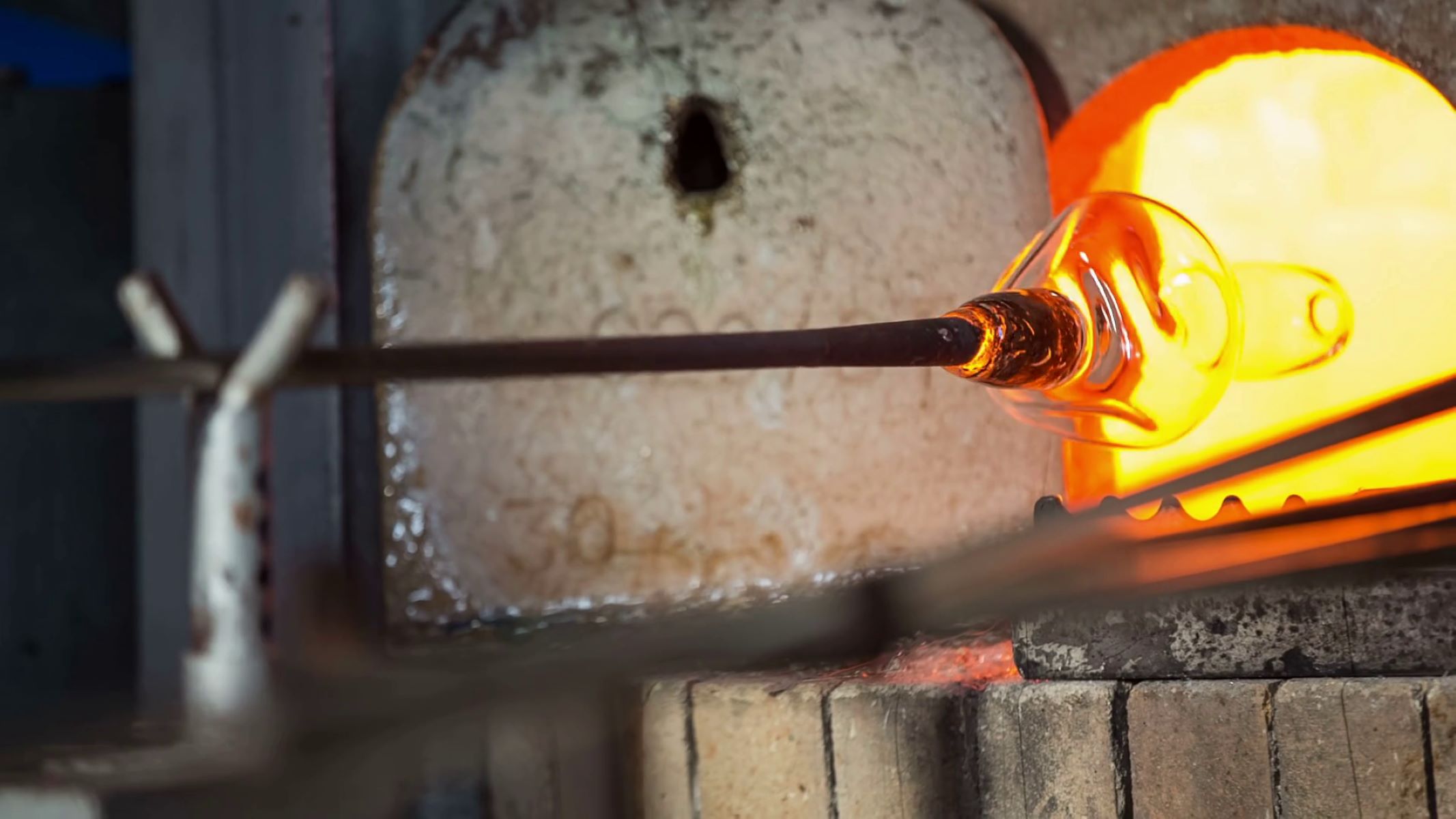
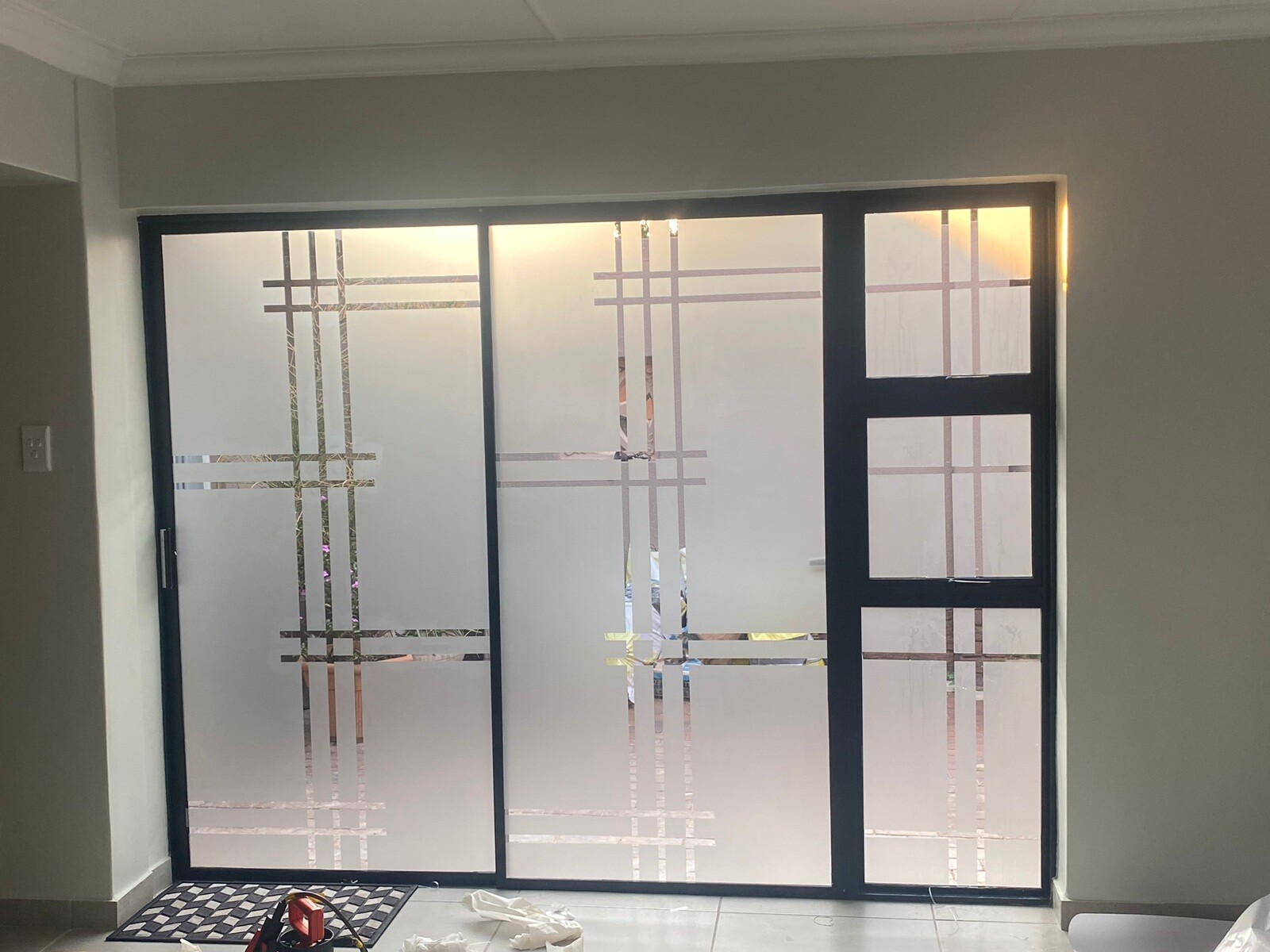

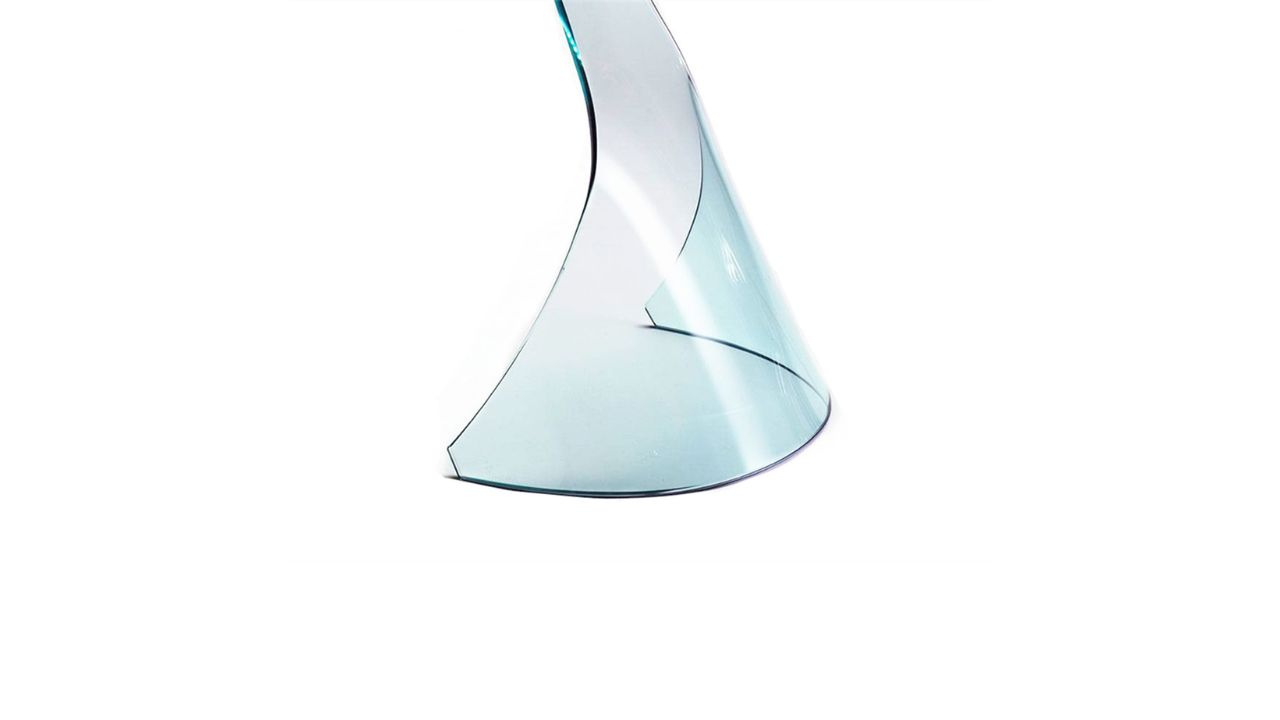

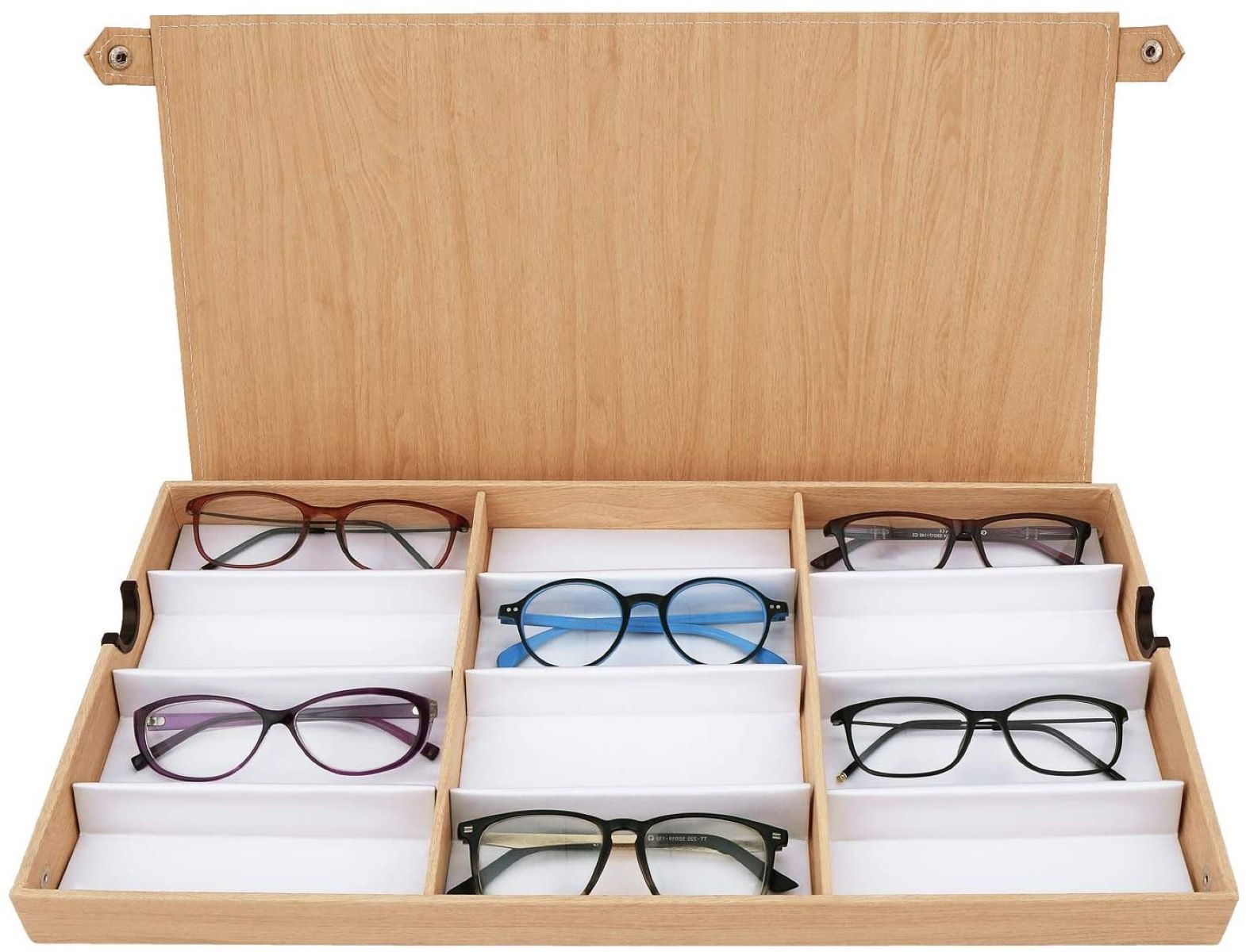

0 thoughts on “How To Bevel Glass”